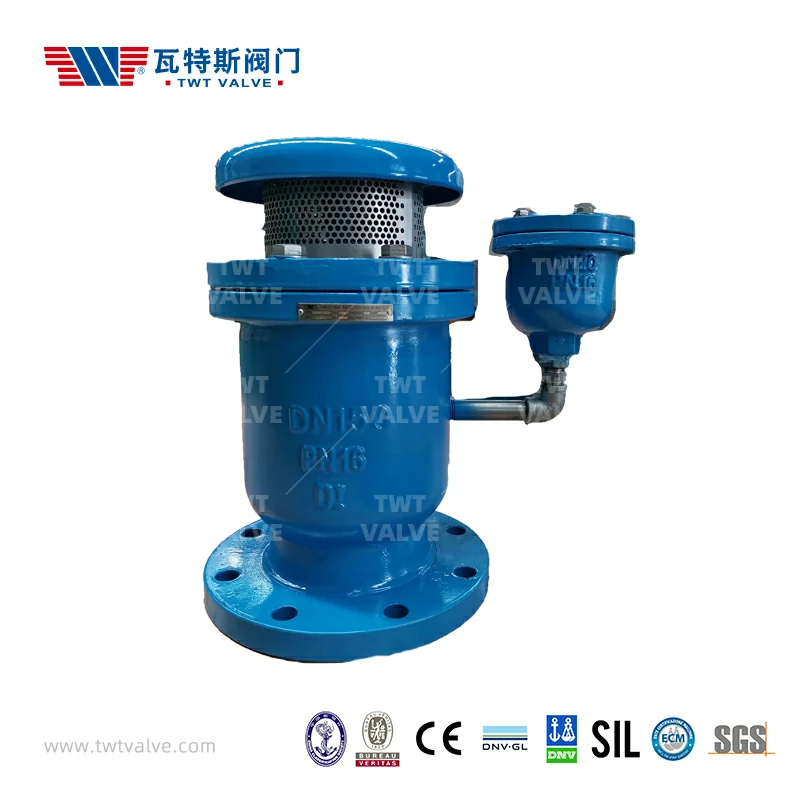Cast iron radiators are a type of heating system that have been used for over a century. They are made of cast iron, which is a durable and long-lasting material that is able to retain heat well. Cast iron radiators are typically used to heat homes, buildings, and other spaces, and are known for their efficiency and effectiveness.
The basic design of a cast iron radiator consists of a series of interconnected sections or columns that are filled with hot water or steam. The heat from the water or steam is transferred to the cast iron, which then radiates heat into the room. The columns are typically connected by pipes at the top and bottom, which allows the water or steam to circulate through the system.
Cast iron radiators are known for their efficiency and effectiveness, as they are able to retain heat for a long time, even after the heating system has been turned off. They are also able to provide even heat distribution throughout a room, which can help to reduce cold spots and drafts.
One of the main advantages of cast iron radiators is their durability and long lifespan. Cast iron is a robust material that is resistant to corrosion and damage, which means that cast iron radiators can last for many years with minimal maintenance.
Another advantage of cast iron radiators is their aesthetic appeal. Cast iron radiators are available in a wide range of styles and designs, from traditional Victorian-era designs to more modern and sleek styles. They can be painted or finished to complement the decor of a room, making them a popular choice for homeowners and designers.
Overall, cast iron radiators are a reliable and effective heating system that offer several advantages, including durability, even heat distribution, and aesthetic appeal. Their long lifespan and minimal maintenance requirements make them a popular choice for homeowners and businesses alike.
How do cast iron radiators compare to other types of heating systems in terms of cost?
When compared to other types of heating systems, such as forced air heating systems or electric baseboard heaters, cast iron radiators can be more expensive to install initially. However, they may offer cost savings over the long term.
The cost of cast iron radiators can vary depending on factors such as the size of the system, the style and design of the radiators, and the complexity of the installation. In general, cast iron radiators can be more expensive to install than other types of heating systems, such as forced air heating systems or electric baseboard heaters.
However, cast iron radiators can offer cost savings over the long term. Cast iron radiators are known for their durability and long lifespan, which means that they may need to be replaced less often than other types of heating systems. Additionally, cast iron radiators can be more energy-efficient than other types of heating systems, as they are able to retain heat for longer periods of time. This can result in lower energy bills over time, which can offset the initial cost of installation.
Another factor to consider is the maintenance and repair costs associated with cast iron radiators. Cast iron radiators require minimal maintenance and are generally easy to repair, which can help to reduce long-term costs.
Overall, the cost of cast iron radiators can be higher than other types of heating systems in the short term, but they may offer cost savings over the long term due to their durability, energy efficiency, and low maintenance requirements. The choice between different types of heating systems ultimately depends on the specific needs and budget of the homeowner or business.
